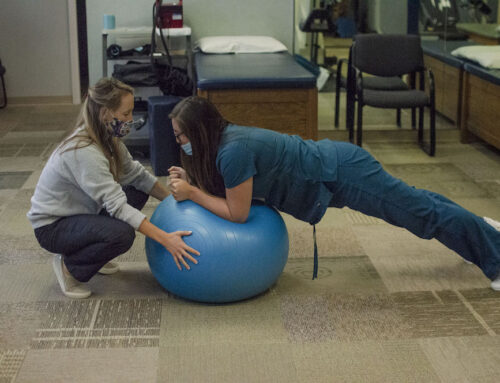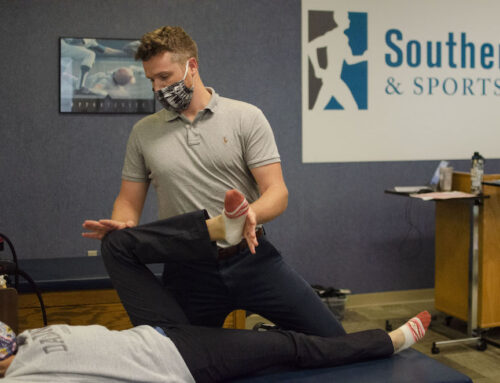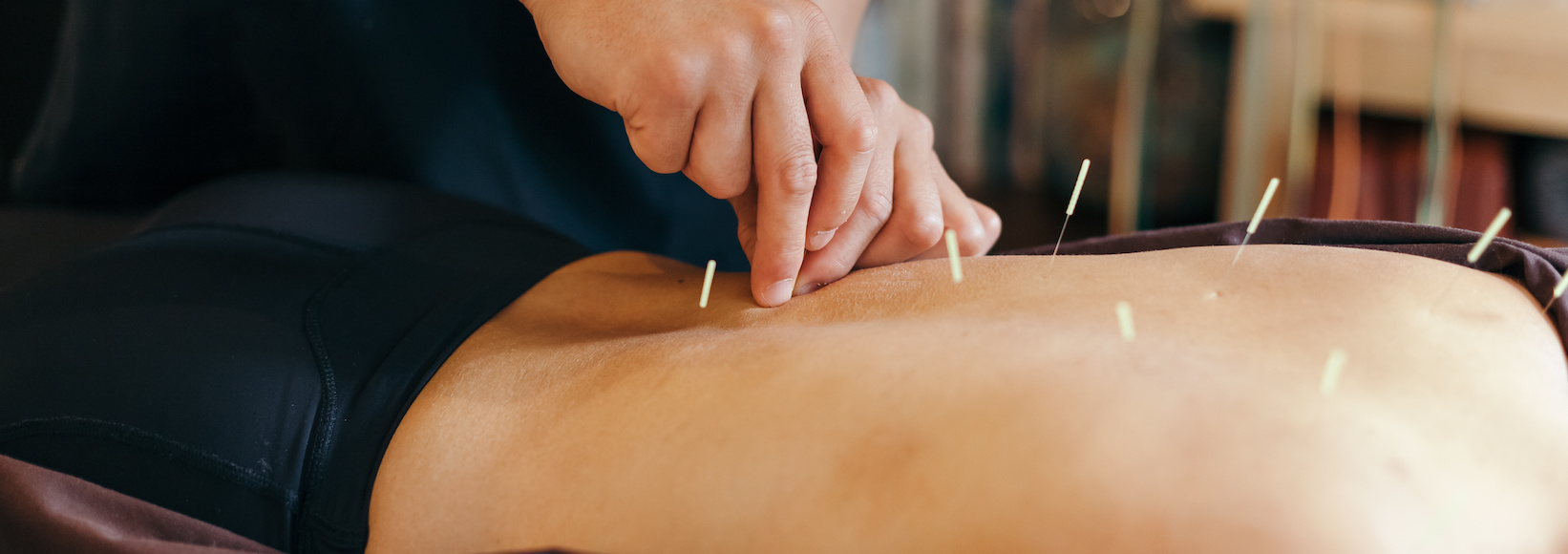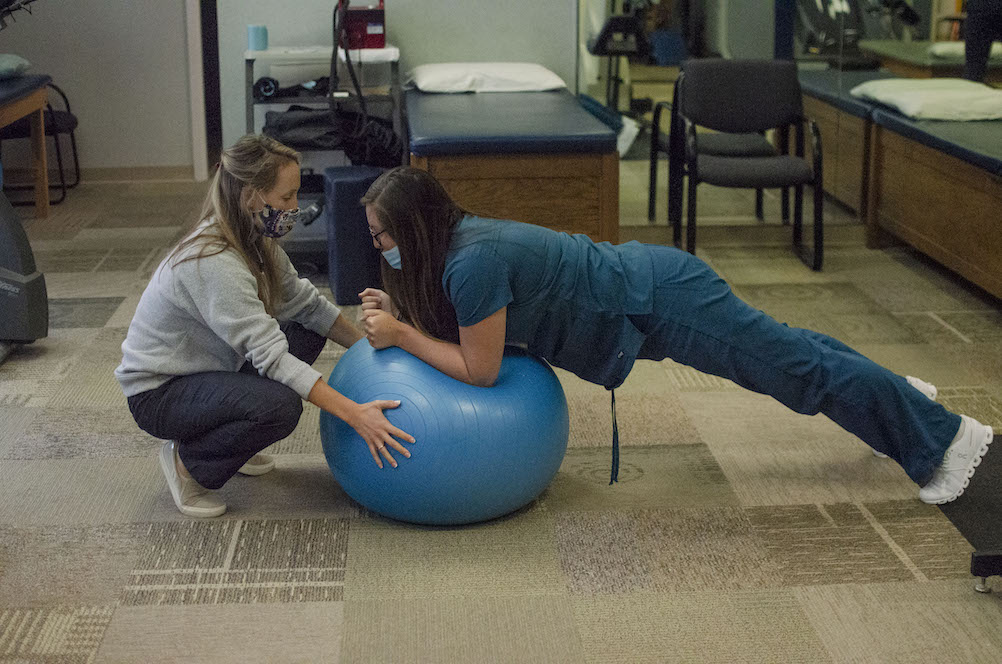Doctors and other health professionals across the country are reporting an uptick in overuse injuries. This type of injury happens when muscles, bones, tendons and ligaments endure repetitive stress or motion – using them in the same way, over and over. Some common overuse injuries include:
- Shin splints
- Little Leaguer’s elbow
- Tennis elbow
- Swimmer’s shoulder
- Tendonitis
- Runner’s knee
There are several reasons why it’s happening now, and you can thank COVID for that. Long-time athletes and newbies alike are experiencing an uptick in overuse injuries.
Since we’re spending more time at home, it’s taken us out of our regular routines with proper warm-ups and cool downs. It doesn’t take long for most people to lose muscle strength. It can happen in as little as one or two weeks off from regular training. Then, people decide to suddenly start exercising again on their own. For example, if you were used to working out at the gym and then couldn’t go, you may try to duplicate the experience at home. With more time on their hands, other people decided to take up exercise for the first time. They found a video online and just started exercising along without giving themselves time to warm up.

The other group that has been affected by overuse injuries is student athletes. With the suspension of most team sports, athletes have been out of practice longer than usual. Then, once they found out the season was starting up again, they ramped up too quickly with their own homemade training. Doctors are also concerned about some schools trying to cram a whole season of play into a shorter amount of time.
Don’t get us wrong – exercise is definitely a great way to deal with stressful and anxious times like these. Here are some tips to help you get into a new groove:
- Take it slow when trying a new activity
- Remember to warm up and stretch
- Stay active – which is good advice for athletes and non-athletes alike. If your kids are learning remotely at home, encourage them to get outside for an hour – biking, walking, swimming.
- Give your body time in between workouts to rest and repair
- Ice your muscles after a strenuous workout
- Listen to your body. If you experience pain when you exercise, stop. Avoid the temptation to push through it.
- Focus on strength training to help reduce your risk of injury and show the rest of your muscles some love.
- Tighten your core muscles. It can help you in a number of ways, from giving you better posture to supporting your lower back, reducing your risk of injury and boosting the effectiveness of workouts.
- Try yoga for stretching those alternate muscles that can get tight, like your hip flexors, for example. Swimming is also a great way to work your arms so they’re stronger for other sports like golf, tennis or softball.
If you do feel pain, remember the acronym RICE. It stands for some treatment options you can try at home: Rest, Ice, Compression and Elevation, along with an over-the-counter pain reliever or topical analgesic to reduce inflammation and pain. Also, call the experts at Southern Rehab and Sports Medicine for a true diagnosis. They can ensure that you heal properly so you can keep playing the sports you love. No physician referral is necessary and most insurance covers physical therapy without a doctor’s approval.
Southern Rehab also offers an analysis to evaluate your training methods. They can help you reduce the risk of future overuse injuries. Contact our office in LaGrange, Columbus, West Point or Newnan today!









